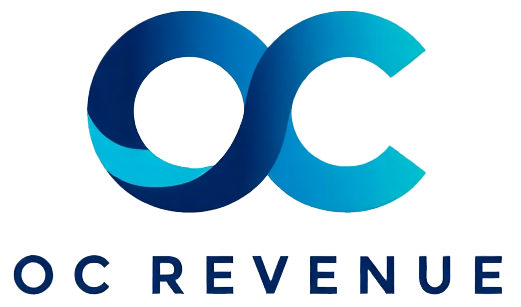Table of Contents
- Executive Summary:
- Key Takeaways:
- How Might Revenue Risk Management Evolve Your 2025 Growth Projections?
- Aligning Revenue Risk Management with Advanced Forecasting and Analytics
- Operationalizing Risk Mitigation Through Cross-Department Collaboration
- Leveraging Compensation and Incentives to Drive Risk-Adjusted Growth
- Harnessing Customer Insights for Enhanced Retention and Upsell Opportunities
- Driving Growth Through Strategic Use of Sales Technology and Revenue Enablement
- For Further Information
- Related Stories on the Web
Recent Articles
How Might Revenue Risk Management Evolve Your 2025 Growth Projections?
Executive Summary:
In an increasingly complex and volatile market environment, revenue risk management emerges as a critical lever to refine 2025 growth projections for enterprises. Integrating advanced analytics, forecasting tools, and strategic consulting can empower organizations to mitigate risks while driving predictable revenue outcomes.
Key Takeaways:
- Effective revenue risk management enhances forecasting accuracy by leveraging integrated sales technology and data-driven analytics.
- Optimizing team structure and cross-department collaboration reduces revenue leakage and strengthens pipeline health.
- Consulting expertise in change management and stakeholder engagement accelerates adoption of revenue enablement best practices.
- Incorporating performance benchmarking and churn prevention strategies improves retention and customer upsell opportunities.
- Embedding multi-touch attribution models refines revenue attribution and informs more precise compensation strategies.
How Might Revenue Risk Management Evolve Your 2025 Growth Projections?
Aligning Revenue Risk Management with Advanced Forecasting and Analytics

In 2025, enterprises face an unprecedented need to refine growth projections through precision forecasting and intelligence-driven analytics. Revenue risk management is no longer a reactive discipline; it has evolved into a proactive strategy that leverages real-time data and predictive modeling across sales and marketing operations. By integrating advanced sales technology and tools, organizations can continuously monitor pipeline health and identify emerging risks, such as fluctuations in leads quality or sales automation inefficiencies.
Enterprise challenges often arise from the traditional siloed approach, where forecasting is detached from operational realities of team structure or customer lifecycle management. Consulting services specializing in revenue intelligence can bridge these gaps by embedding analytics directly into processes and providing continuous performance benchmarking. Clients have realized significant revenue uplift from improving territory management and refining marketing handoff protocols, which ensures higher accuracy in predicting deal closures and customer success rates.
Furthermore, this strategic alignment empowers revenue enablement teams to refine compensation frameworks based on multi-touch attribution models, reducing risk caused by misaligned incentives. This holistic risk perspective supports the overarching growth strategy, making forecasting a dynamic tool rather than a static annual exercise.
Operationalizing Risk Mitigation Through Cross-Department Collaboration

Revenue risk management thrives on coordinated operations between sales, marketing, customer success, and finance teams. In practice, siloes obstruct optimal performance, causing revenue leakage and inaccuracies in revenue attribution. Integrating cross department collaboration with structured stakeholder management is essential to managing revenue risks effectively and evolving growth projections predictably.
Consultants bring critical value in facilitating change management initiatives that empower teams to adopt shared goals and common tools such as sales automation platforms equipped with health scoring and churn prevention mechanisms. For example, deployment of journey mapping aligned with customer onboarding and account management processes can expose friction points impacting retention and upsell potential—key input variables for 2025 revenue forecasts.
Additionally, consistent communication between marketing operations and revenue operations (RevOps) teams ensures smoother marketing handoff and avoids pipeline gaps that cause forecast volatility. The revenue risk diminishes as teams synchronize around performance data and shared accountability, elevating predictability in enterprise revenue streams.
Leveraging Compensation and Incentives to Drive Risk-Adjusted Growth

Compensation strategy remains one of the most underutilized levers for revenue risk management. Designing incentive programs that balance risk and reward can positively impact team motivation while reinforcing alignment to corporate growth targets. Enterprises struggle when compensation models are based solely on revenue attainment without factoring pipeline health, customer behavior patterns, or multi-touch attribution insights.
Consulting experts help clients implement compensation frameworks that integrate performance benchmarking and predictive analytics to improve sales and account management behaviors. This approach supports risk-adjusted growth by rewarding not only closed deals but also activities that improve longer-term revenue stability, such as proactive churn prevention and customer upsell initiatives.
Integration of these frameworks with sales technology platforms, including sales automation and revenue enablement tools, allows real-time tracking of incentive progress and alignment with dynamic market conditions. The result is a more agile, data-informed compensation system that drives desired behaviors and mitigates revenue risk contributing to realistic 2025 projections.
Harnessing Customer Insights for Enhanced Retention and Upsell Opportunities
Customer behavior and experience remain at the heart of sustainable revenue growth, and revenue risk management plays a critical role in optimizing customer lifecycle management. Employing analytics-driven health scoring models enables enterprises to identify early signs of churn risk and unlock upsell potential within existing accounts.
Enterprises face challenges in consistently capturing accurate multi-touch attribution data – an essential input for revenue intelligence that informs retention strategies and customer success prioritization. Consulting engagements focusing on data hygiene, marketing operations alignment, and customer journey enhancement create the foundation to transform insights into action.
By improving onboarding, refining account management practices, and fostering collaboration between sales and customer success teams, companies can systematically reduce risks associated with revenue volatility. These efforts provide more reliable inputs for sales forecasting and contribute to stabilizing growth projections amid shifting market demands.
Driving Growth Through Strategic Use of Sales Technology and Revenue Enablement
Technology continues to be a significant enabler for managing revenue risk and scaling growth expectations for 2025. Investments in sales automation, revenue intelligence platforms, and integrated analytics tools are essential to achieve granular visibility into pipeline fluctuations and lead generation efficacy.
However, technology adoption alone is insufficient without addressing team structure optimization and comprehensive training programs. Consulting partners provide guidance on best practices in change management and adoption strategies that ensure revenue enablement tools deliver measurable impact. These efforts promote a culture of continuous performance improvement and accountability across sales and marketing functions.
Moreover, leveraging strategic analytics, such as performance benchmarking and multi-touch attribution, empowers enterprises to refine pricing strategy and resource allocation dynamically. These capabilities reduce uncertainty in forecasting models and position companies to adapt swiftly to emerging competitive and market risks, supporting more resilient and credible growth projections.
For Further Information
- Fortune Business Insights, Cybersecurity Market Size, Share, Analysis | Global Report 2032
- Business Insurance, Ryan Specialty reports revenue rise, cuts 2025 organic growth forecast
- Thomson Reuters, Thomson Reuters Reports Second-Quarter 2025 Results
- Check Point Software, Check Point Software Reports 2025 Second Quarter Financial Results
- VanEck, Why Everyone is Talking About Private Credit in 2025
Related Stories on the Web
- Cybersecurity Market Size, Share, Analysis | Global Report 2032 — Fortune Business Insights
- Ryan Specialty Reports Revenue Rise, Cuts 2025 Organic Growth Forecast — Business Insurance
- Thomson Reuters Reports Second-Quarter 2025 Results — Thomson Reuters
The article on How Might Revenue Risk Management Evolve Your 2025 Growth Projections? was hopefully useful in helping you understand more about the topic.

